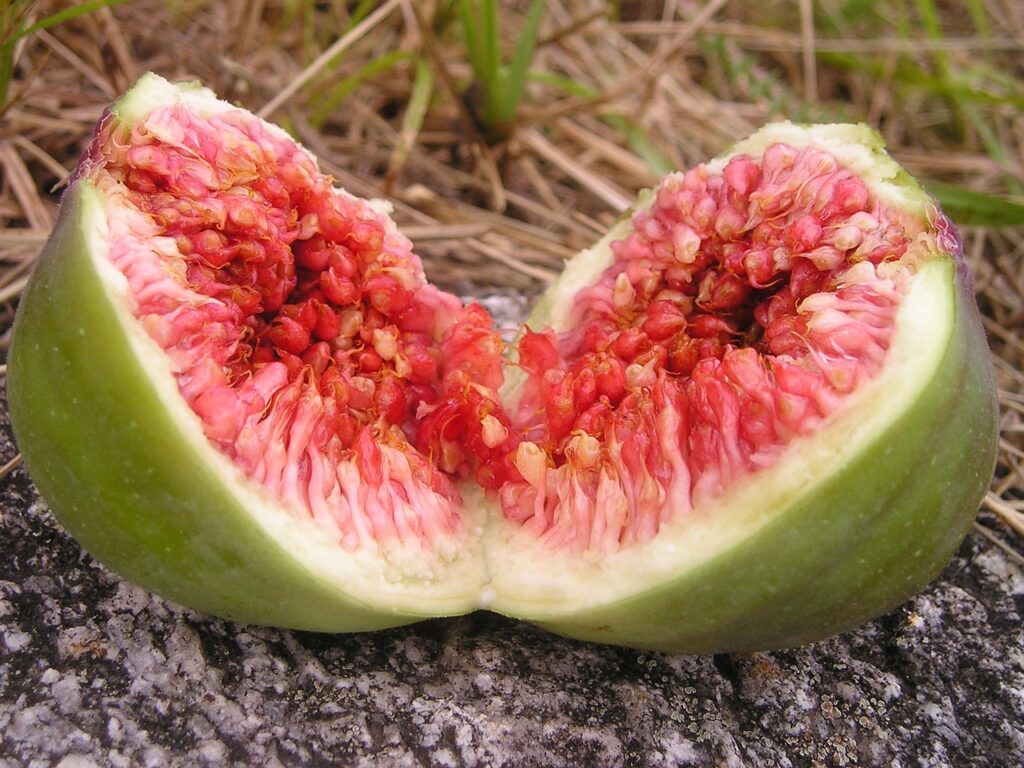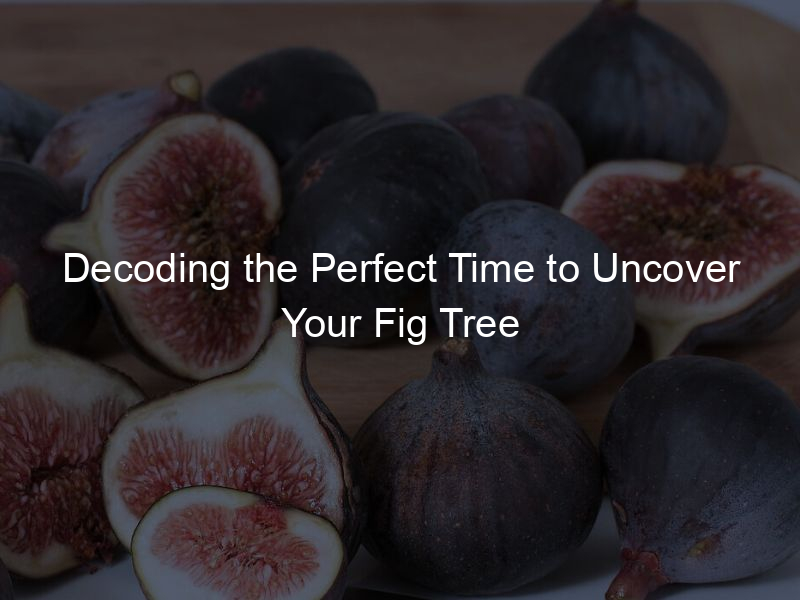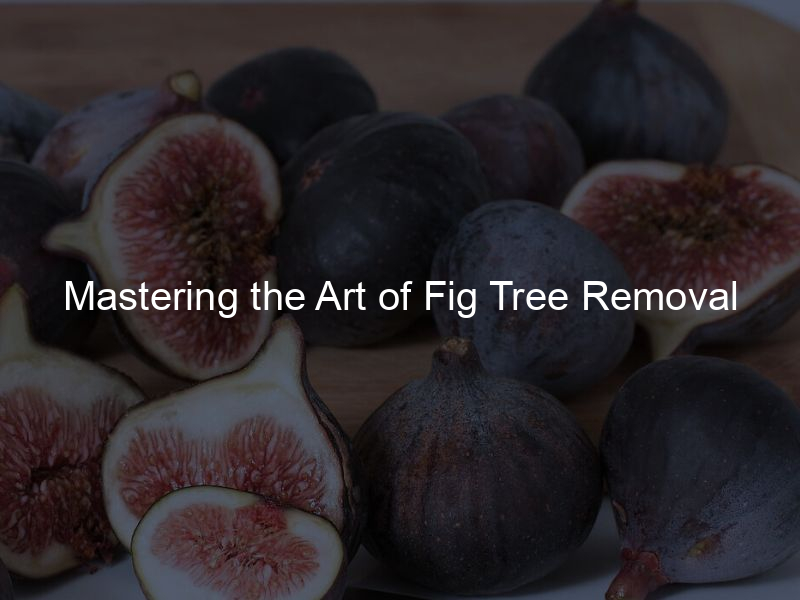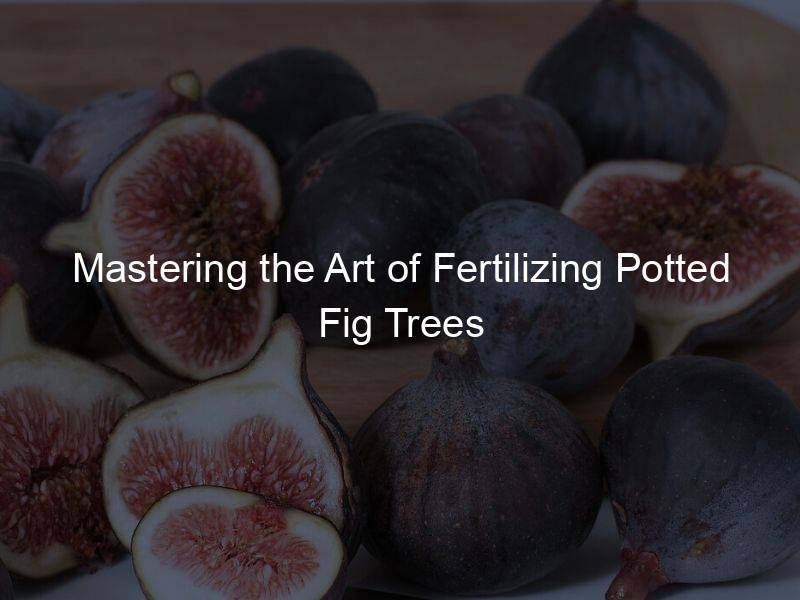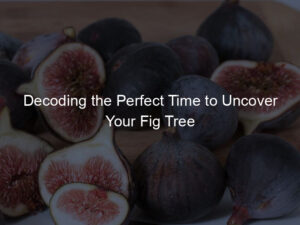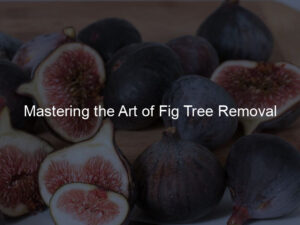Ripening figs is a simple but rewarding process. With some patience and the right techniques, you can enjoy the sweet taste of ripened figs in no time. In this blog post, I’ll share with you some tips for ripening your figs at home. Read on to learn more about bringing out the best flavors from your delicious fruits!
To properly ripen figs, you should first choose the right variety. Figs that are designed to be eaten fresh will typically ripen faster than those made for canning or drying. Once you have the right type of figs, there are a few key steps you can take to speed up the process:
First, store your figs at room temperature to help them ripen more quickly and evenly. Secondly, place them in direct sunlight for a few hours each day – this helps provide natural warmth and light, which aids in ripening. Thirdly, place them near other fruits such as apples or bananas – these fruits emit ethylene gas, encouraging the fruit to mature faster. Fourthly, if needed, wrap the figs in the newspaper – this helps keep the warmth and humidity in, speeding up the ripening process. Finally, give your figs a gentle squeeze – this will help you determine when they are ripe by feeling for softness.
Which varieties of figs are intended for eating fresh, and which are intended for canning or drying?
Figs intended for eating fresh have thicker skin and a sweeter flavor, while those meant for canning or drying generally have thinner skin and more tart flavor. Fresh figs typically ripen faster than their counterparts, making them the ideal choice if you’re looking to enjoy your fruits quickly. Some of the most popular varieties of fresh figs include Brown Turkey, Kadota, Adriatic White, and Black Mission. Each variety has its unique sweetness level and texture – so experiment with different types to find the perfect one for you!
Some popular varieties of figs designed for canning or drying include Calimyrna, Sierra Beauty, Conadria White-Adriatic, and Kadota. These figs are generally less sweet than their fresh counterparts but make great jams or preserves. You can also dry them to create delicious snacks that last a long time – just be sure to keep them dry! All of these varieties of figs ripen slowly when stored at room temperature, but you can speed up the process by placing them in direct sunlight and keeping them near other fruits.
What month do figs ripen?
Figs typically ripen in the late summer months, usually between July and September. The exact timing of their ripening will depend on your climate and the variety you have chosen to grow. Figs can generally become ripe anywhere from three weeks to two months after they are picked. To determine if your figs are ready for harvesting, look at them closely – ripe fruits should be soft yet plump when gently squeezed. Additionally, a sweet smell should come from the stem end of the fruit when it is ripe enough to eat. For best results, try sampling one of your figs before harvesting all of them – this will help you understand how long each variety takes to reach peak ripeness.
What causes figs not to ripen?
Figs may not ripen for a variety of reasons. One possible cause is that the figs have been exposed to too much cold weather, which can slow down or halt the ripening process. Additionally, if the figs are picked too early, they may remain unripe no matter how long you wait. Furthermore, improper storage techniques can also prevent ripe fruits from maturing – storing your figs in direct sunlight or an area with excessive heat and humidity can make them spoil before they ever reach peak ripeness. Lastly, insufficient pollination of flowers during the fruiting season can lead to reduced yields and fruits that never fully mature. For best results, pick your fruit at just the right time and store it correctly so that it can reach its full potential.
Do all figs need wasps to ripen?
No, not all figs need wasps to ripen. Certain types of figs are parthenocarpic and can ripen without assistance from pollinators – these are known as “caprifigs” or “wild-type” figs. Caprifigs usually produce sweet edible fruit even when the female flowers aren’t fertilized by male flowers or pollinated by wasps. However, wide popular varieties do require pollination to bear ripe fruits – these are known as syconium figs or “cultivated” figs. In such cases, tiny wasps enter the closed flower structure (syconium) and lay their eggs inside; they then emerge with pollen on their body and pollinate the female flowers. As a result, this process helps the figs to ripen and bear sweet fruits that are ready for harvest.
Will figs ripen in a paper bag?
Yes, figs can ripen in a paper bag. This method helps keep the warmth and humidity inside, encouraging the fruit to mature more quickly. First, place your figs in a single layer on a plate or cutting board and cover them with a moist towel – this will help protect against bruising during transport. Then, pop your plate of figs into an open paper bag (make sure it’s sturdy enough to hold its shape) and seal it shut with tape or string. Place this bag in indirect sunlight – avoid direct sunlight as this could cause the fruits to overheat – and leave for one to two days until they reach peak ripeness. Once ripe, transfer them from the paper bag back onto a plate to prevent further softening. Enjoy your ripe figs after harvesting them for the best flavor and texture.
Can anything be done with unripe figs?
Unripe figs can still be used in a variety of ways. For starters, you could pickle them for later use. To do this, cut the unripe fruits into small pieces and place them in a jar with some vinegar and herbs or spices of your choice – coriander, mustard seeds, garlic cloves, etc. Then seal the jar and leave it until the figs have softened –usually takes around two weeks. Once they’re ready to eat, enjoy your delicious home-pickled figs as part of salads or sandwiches. Alternatively, you could turn unripe figs into jam by boiling them with sugar and lemon juice before straining out large fruit chunks using a sieve. Finally, unripe figs can also be used for baking – try adding them to cakes or tarts for a unique flavor. There are plenty of options available when it comes to making the most out of your unripe fruit.
Ripening figs can be a tricky business. This blog post offers advice on how to ripen figs, including the difference between “caprifigs” and “cultivated” varieties and tips for ripening in a paper bag. It also suggests alternative ways of using unripe figs, such as pickling or turning them into jam or baking ingredients.
